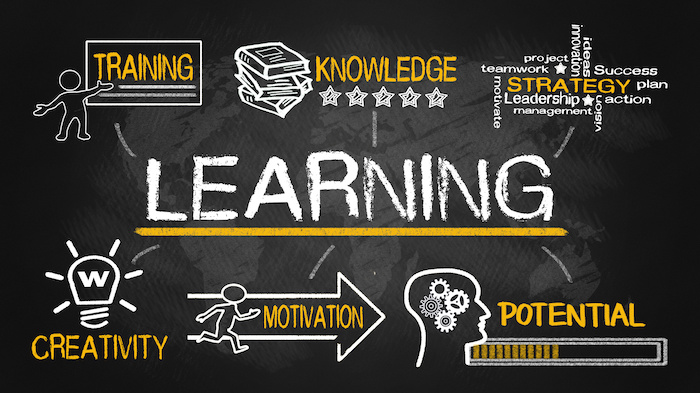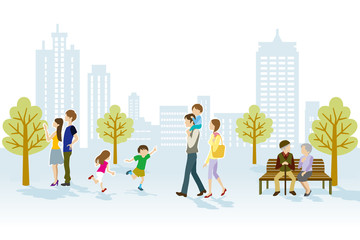
Digital, online and virtual learning have changed the landscape of training alternatives for the senior care workforce. Flexibility, minimization of spacial barriers and simplicity of delivery are certainly valid reasons why training programs must include some components in training curricula.
The question we must ask ourselves is the intrinsic value of integrating in-person training to enhance the effectiveness and application of knowledge for our increasingly diverse and younger workforce?
OnlinePHDPrograms.com shares 10 most significant breakthroughs that recent research has made on the science of learning. I want to talk about 2 of these 10 breakthroughs.
The brain needs novelty. Researchers have found that novelty causes the dopamine system in the brain to some activated, sending the chemical throughout the brain. While dopamine is often regarded as the “feel good” chemical, scientists have shown that it actually plays a much bigger role, encouraging feelings of motivation and prompting the brain to learn about these new an novel stimuli. This breakthrough has led to some major changes in how we think about learning, and has motivated man schools to embrace learning methods that cater to our brains’ need for new and different experiences.
Learning is social. Peer collaboration offers students access to a diverse array of experiences and requires the use of nearly all the body’s senses, which in turn create greater activation throughout the brain and enhances long-term memory. Group work, especially when it capitalizes on the strengths of its members, may be more beneficial than many realize.
Face-to-face learning creates a dynamic relationship between the student and teacher (or trainer) and between students. These relationships combined with the personal element of a workshop enhance the dynamics created when passion, gestures and language are fluid and real. There is less room for miscommunication in on-site training vs. virtual since teachers and fellow students can openly discuss issues at hand.
The cost effectiveness of online training must be weighed by the retained learning taking place by the student. When crunching the numbers, if you pay twice to retrain staff or the value of training is not sufficient to empower the participant to improve job skills, the cost of turnover is exponentially higher than investing in quality training to enhance one’s ability to do their jobs with greater skill and efficiency.
As we look at the challenges of training a growing and diverse workforce to care for our elders, we are encouraged by the training leaders who embrace the value of integrating onsite experiential education that is effective, research-based and innovative.
Person-centered care is a term that has been around for quite some time. Creating an organization where person-centered thinking is a core culture model cannot be achieved without innovative training that changes everyone within the organization. We challenge leaders to embrace the innovation available in experiential learning that transforms attitudes, actions and thinking!

 You’ve heard the expression Knowledge is Power. When it comes to caring for an aging adult, the key to empowerment clearly resides in education.
You’ve heard the expression Knowledge is Power. When it comes to caring for an aging adult, the key to empowerment clearly resides in education. The dictionary describes a sphere a place or environment within which a person or thing exists; a particular social world or stratum of society. How does this relate to how we approach society’s challenges on caring for our seniors?
The dictionary describes a sphere a place or environment within which a person or thing exists; a particular social world or stratum of society. How does this relate to how we approach society’s challenges on caring for our seniors?